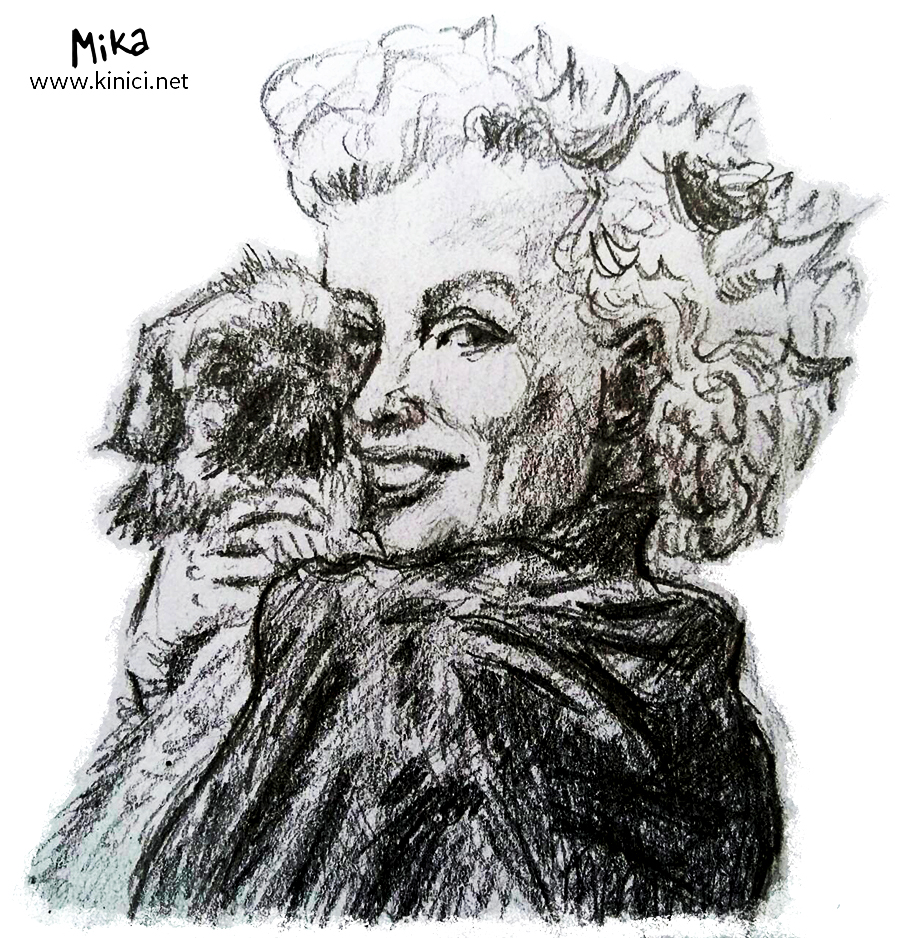Humanization of dogs means assigning human attributes to a dog: regarding them, more or less, as one of humans. The aim is for a human to feel better, not to take care of dog's needs or its perception of the world. This way we hurt the animal and distance ourselves more from the nature and thereby the human taming of nature continues.
Dogs get to know and get around their surroundings mainly through scent. Ways of meeting and further communication with the surroundings is essential difference between a human and a dog. Both humans and dogs are mammals, but there is where all similarities stop. Dogs are carnivores while humans are primates. No matter how close they are, a human and a dog are different species and that fact should be respected.
 Unnoticeable and noticeable humanization
Unnoticeable and noticeable humanization
Examples for unnoticeable humanization are carrying a dog under the armpit, putting barrettes and ribbons, sunglasses... Some people truly believe that these are good for the dog, but many times reasons for doing so is to raise their own attractiveness, desire to attract the attention or part of an image.
Examples for noticeable, distinct humanization which is very often cruel and turns into a serious abuse of dogs, is use of dogs in sports: greyhound races match athletics, dog fighting matches boxing or ultimate fight... dog shows match beauty pageants... Training is also a form of humanization: to play dead, flip, bark on command... If you pay attention to other nearby dogs you will see that they will not be impressed by that.
Most often ways of humanizing a dog
2. encouraging human-like behaviour: to eat at the table, to ride in carriages...
3. interpreting dog actions - body language or facial expression - as human emotions: "it's being stubborn", "it remembered that so it is paying me back", "it is angry with me because i did not give it a sausage", "make up you two"...
4. dog beautification: dressing up in costumes, doing hairdos, blinged-out collars...
5. belief that a dog understands complex sentences and line after line
6. applying methods used for solving human problems to solving behavioural problems with dogs
7. treating it as if it is a child: carrying around, lulling
